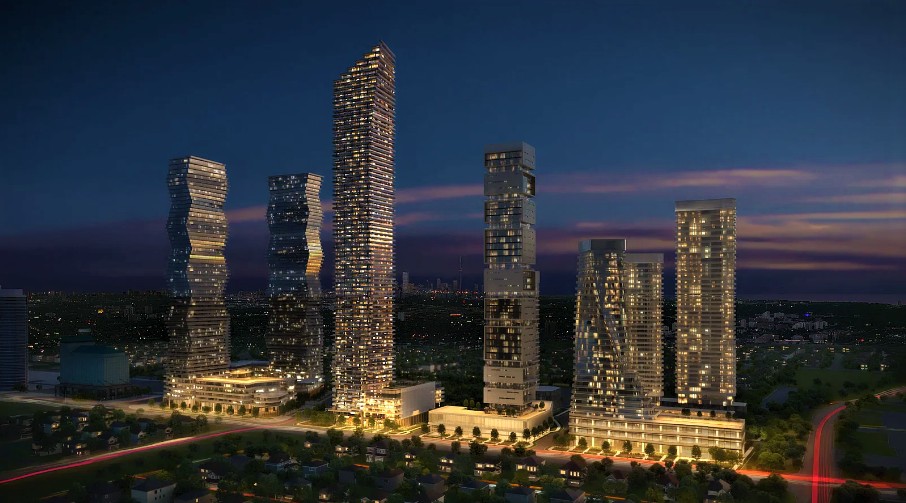
Mississauga isn’t a dense, towering metropolis, yet
The sun casts its shimmering light on Lake Ontario, reflecting against the cluster of glass towers that rise up from the rehabilitated Lakeview parkland. To the west, Brightwater is bathed in a golden evening glow, residents wandering along the waterfront, sipping on an evening espresso.
If you venture north, the Hurontario LRT glides past 37 massive towers silhouetted by the sunset, looming over Mississauga’s iconic Square One shopping mall. Set back slightly are the unique, angular M City condos, where lights controlled by an automated energy-saving system turn on one by one.
As darkness settles and the city centre is illuminated by the soft hues of LED street lights, the Eglinton Liberty skyscrapers offer a comforting presence. With all the new developments and the iconic Marilyn Monroe towers to the south, the Mississauga skyline has emerged like a towering mountainscape that frames the modern metropolis.
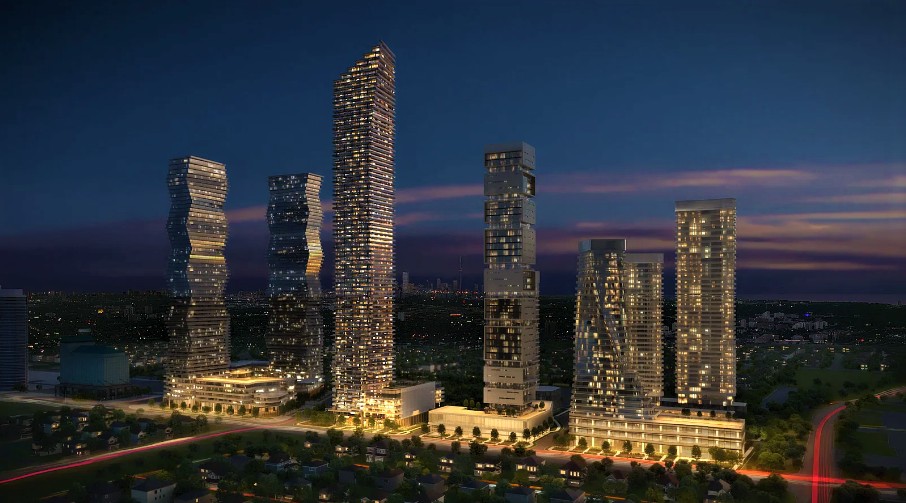
A rendering of the 9-tower M-City plan in the city centre.
It’s easy to get lost in the breathtaking renderings produced by architects and developers showing what Mississauga will become. It is tempting to jump ahead and already conceive the city as the towering urban hub it’s destined to be, wiping away the decades of sprawl that still defines so much of it today.
Open data maintained by City Hall shows just how different Mississauga’s current reality is from the future it has imagined. It lays bare the task Mayor Bonnie Crombie and the rest of council has before them to shift residents from cars into buses and replace single-family homes with the medium or high-density developments described in master plans and recent applications from developers.
An impressive list of tower projects currently being planned or already under construction includes: Lakeview Village, The Oxford Properties' Square One plan, Brightwater, M-City, Amber Condos, Perla Towers, Oro at Edge Towers, Artform Condos, Gordon Woods, Canopy Towers and Westport Condos. There are many more.
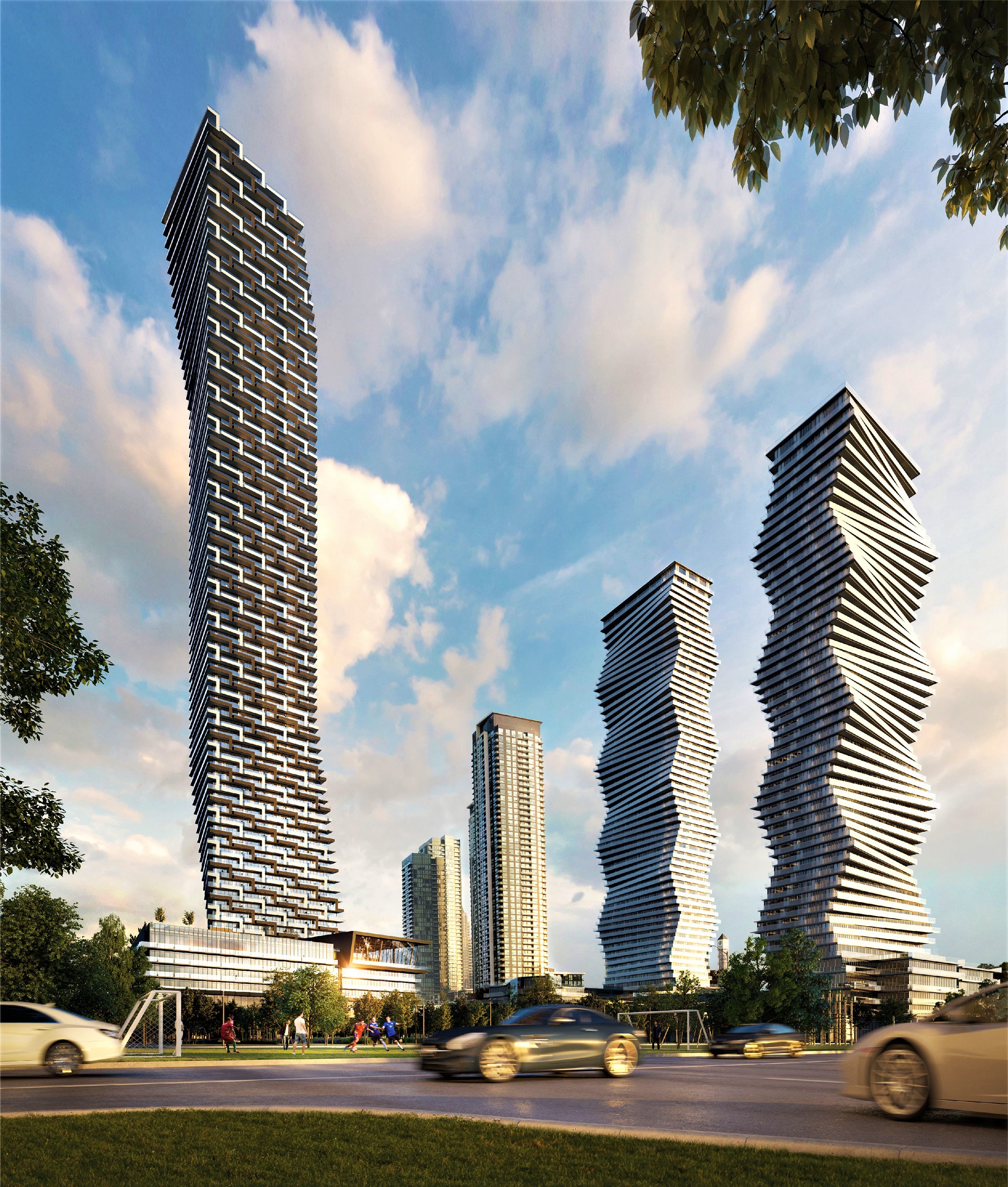
M-City downtown promises inspiring architecture
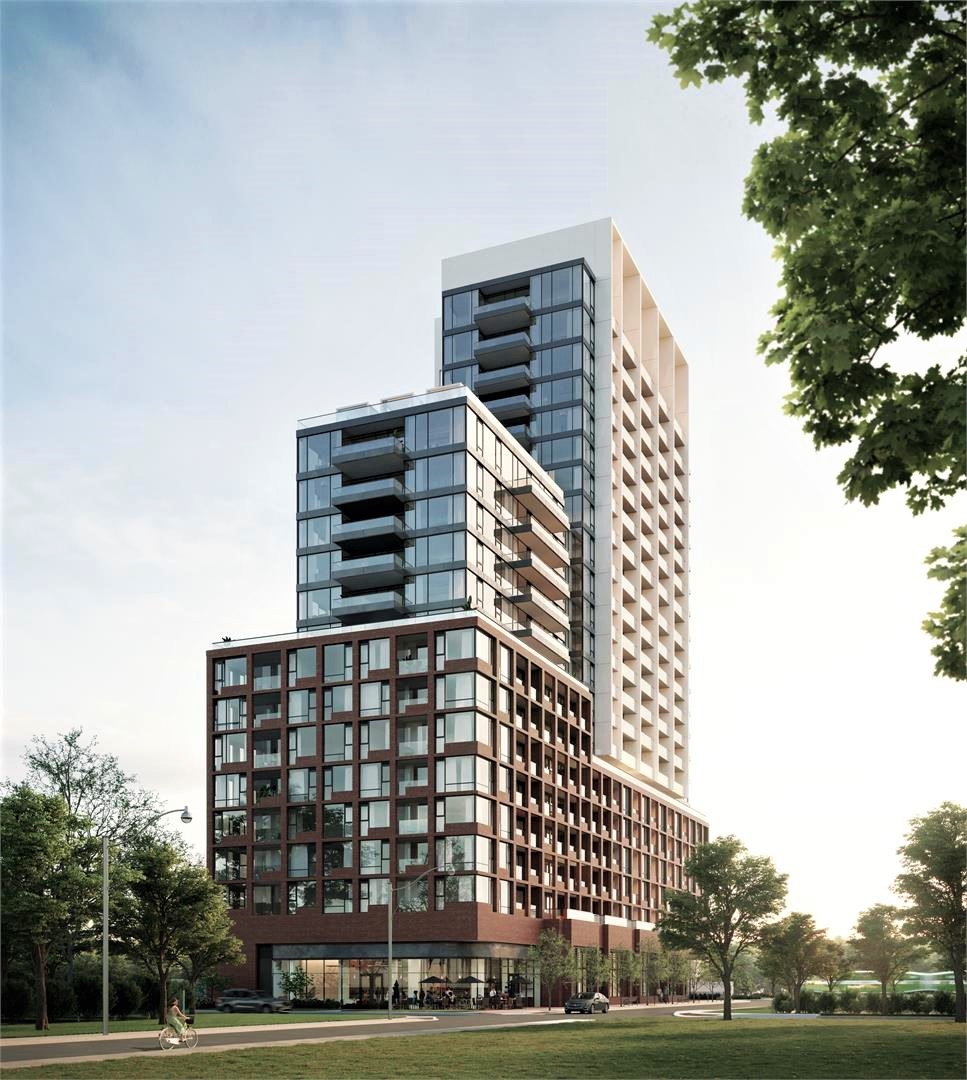
Westport Condos near the Port Credit GO Station
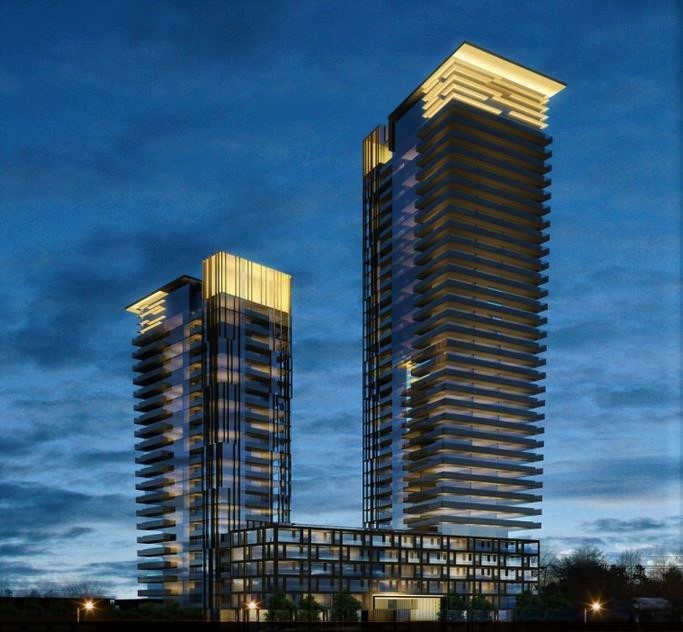
Gordon Woods in Cooksville
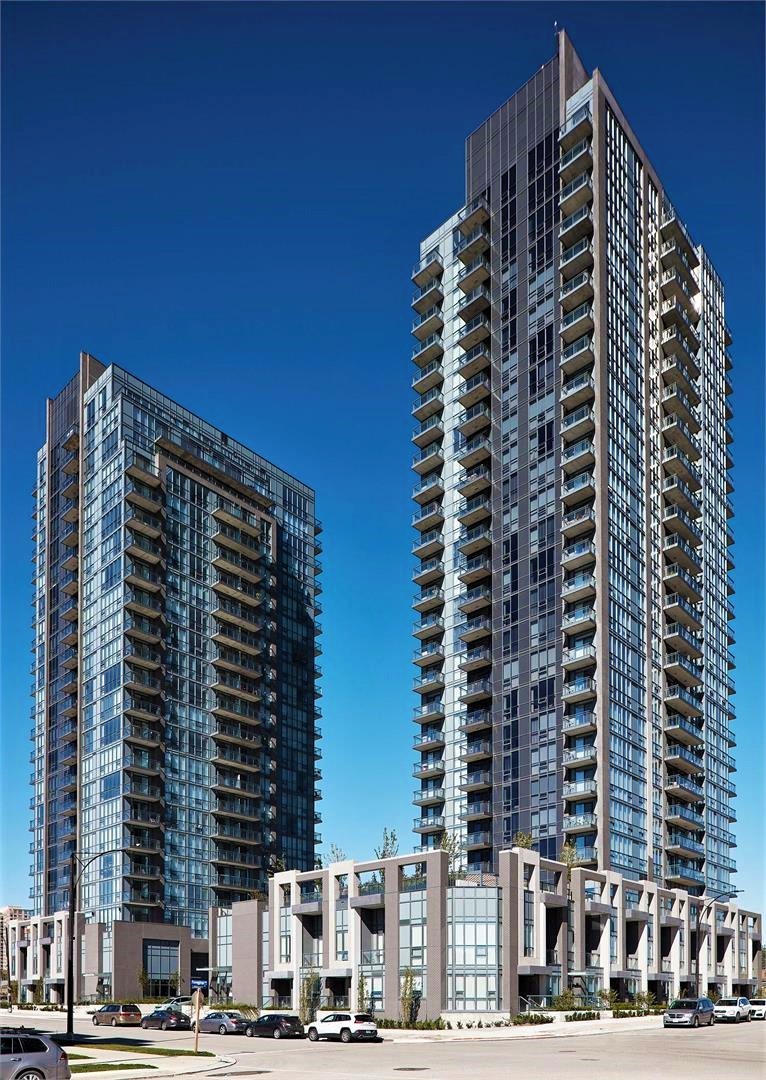
The Amber Condos near Eglinton and Hurontario
When locals complain that modern, Manhattan-style projects don’t fit the character of their neighbourhood, they’re not entirely wrong.
In total, 8,552 hectares of Mississauga is dedicated to residential development and 71 percent of that land is single-detached homes, generally located in planned subdivisions. Single-family homes, the developments councillors are now attempting to leave in the past, make up the largest form of land use in the city.
As of 2020, only 5 percent of Mississauga’s residential land was dedicated to apartments; making up just 1.5 percent of the city as a whole.
This style of detached, spacious development, massively popular during the post-war boom, is directly linked to climate change and high carbon emissions. Homes with large carbon footprints requiring cooling and heating for seldomly used interior spaces are built on the assumption residents will drive to stores or restaurants located in plazas with plenty of parking. Subdivision streets rarely host adequate sidewalks, while the winding cul de sacs can be impossible to serve with the public transit vehicles that offer an alternative to the car.
In order to meet its own, and Canada’s, ambitious climate target goals, Mississauga is trying to change how people live.
It’s not enough to pour money into buses if the population has sprawled out into houses transit can’t reach. Geoff Marinoff, director of the City’s transit service, MiWay, has previously identified density as a key to making his buses easier to run and more useful to residents.
As a suburban city built around the car, Mississauga has given over plenty of space to aging asphalt. Twenty percent of land in Canada’s sixth largest city is taken up by right-of-way roads, the second largest land use in the entire municipality. There are almost twice as many hectares of road in Mississauga as there are hectares of parkland and greenspace.
This too will have to change in the future, as sidewalks and patios replace six-lane thoroughfares to make the streets a place to live, not travel.
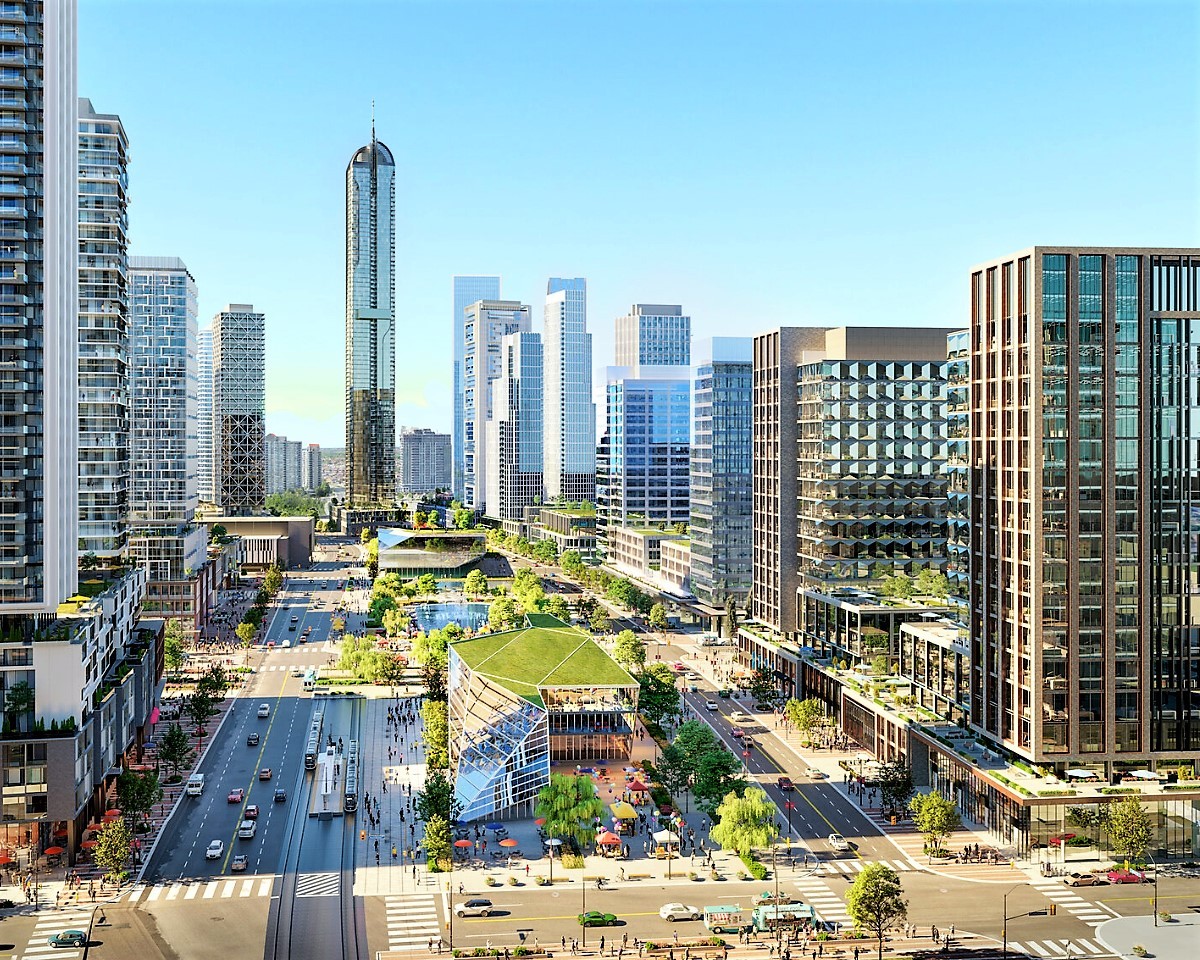
The Square One project
The city isn’t just hoping to change housing and streets. As a bedroom community, Mississauga’s early leaders imagined residents would commute to their jobs in Toronto, furnishing their city largely with industrial jobs that came as a direct benefit of hosting the country’s largest and busiest airport. A reliance on industrial land use, for warehousing and transportation, pharmaceutical manufacturing, automotive, plastics and home-building materials and aeronautical industries, has sent healthy tax yields to City Hall, but councillors now yearn to see more white-collar offices and technology startups call Mississauga home, as the global economy rapidly shifts toward information and innovation. These businesses, and the significant incomes they generate, will make the city a place to live, work and play.
“A fundamental mission of Downtown21 is to attract office employment back to Downtown,” the City’s downtown master plan, with this year as the target, explains. “A vibrant and expanding employment base is a critical component of a thriving and sustainable Downtown. While some office growth has occurred in the past, it has been stalled.”
That stall appears to remain as a bottleneck. Just 622 hectares in Mississauga are dedicated to office space, less than the 683 hectares currently occupied by utilities and public works.
Over the past decade, land use in the city has been changing. The biggest difference has been a dramatic reduction in vacant land or farmland, leading to an increase of commercial and industrial uses. The amount of dedicated parkland has also increased.
Mississauga’s push for densification shines through in data on land use between 2011 and 2022. More than 360-hectares of land have been converted from a previous status as vacant or farmland, but just 25 hectares have been re-designated as residential. Instead, 218 hectares are now commercial, 179 have been designated for greenspace and 91 for industrial use. Even the city’s reliance on the road is beginning to slowly wane with 95 hectares of roadway removed during that time.
These changes are significant. In the heyday of Mississauga’s sprawling birth, farmland was converted directly into single-family homes by gleeful developers, selling subdivisions and the suburban dream. The fact just seven percent of Mississauga’s vacant land or farmland since 2011 has been moved to residential shows that growth is reaching for the sky and not the flat stretches at the edge of urban boundaries.
Even with the positive planning moves of the past decade, the biggest changes are still to come.
The popular draw of waterfront destinations, particularly in Wards 1 and 2, are major attractions for much development across the coming decades. Currently, many of the neighbourhoods within walking distance of Lake Ontario, south of the QEW Highway, remain overwhelmingly defined by suburban land use policies created when Hazel McCallion allowed developers to run planning at City Hall. Roughly one third of the total land use in both wards is dedicated to single-family homes, something that will change in the near future, as a number of massive waterfront projects completely reshape the pre-Mississauga legacy of dirty industrial factories that polluted the future city’s shoreline.
Wards 3 and 4 already host significantly denser developments, with townhouses and apartments spread across the area.
Along the waterfront, locals will be forced to accept significant density as a GO Transit corridor and fully-funded bus rapid transit route open the area up to condominium towers and even the potential for inclusionary zoning, which would force a mix of affordable, middle-income and market-based housing.
These types of plans have traditionally been met with fierce opposition from many long-time Mississauga homeowners, many who are older and have voiced concern over the shift away from single-family enclaves toward more dense, affordable housing.
Planners and Mississauga’s council members will have to win over residents who express anxiety over changes to density and the possibility of altering the makeup of neighbourhoods designated for more urban-style growth.
Two years ago residents held community meetings where concerns were expressed over a mixed-use development application in the Lakeshore Road East area, near Dixie Road, with 8 and 12-storey towers alongside new townhouses.
Though the City’s master plan includes significant population growth for the area west of the planned Lakeview Village and the village itself, many residents have voiced opposition to the coming density.
When City Park Homes also put forward plans for a multi-storey development in the area, some residents raised concern over increased crime and other problems they claimed would result because of the density planned for the area.
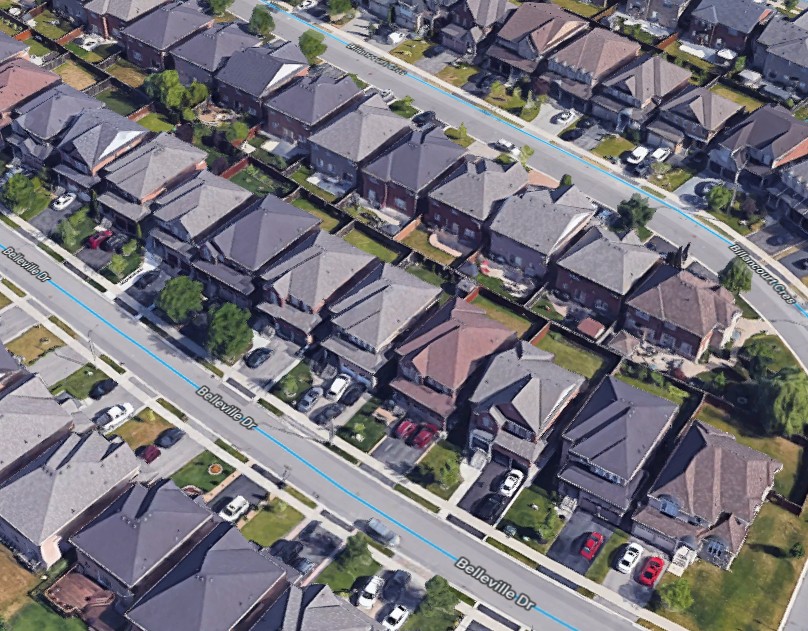
Subdivision planning of the past made it impossible for transit inside these neighbourhoods.
More recently, last year, residents again expressed disappointment over a multi-storey application on Lakeshore Road, just east of Hurontario Street.
And Councillor Dipika Damerla caved last year to older residents who did not want to see a townhouse development in her ward.
Council had the option to support staff recommendations for a development plan to construct 101 stacked townhouse units on three vacant housing lots on Argyle Road, south of Dundas Street in Cooksville, with 30 percent of the build designated for middle-income earners. But the plan was rejected by councillors who went against staff advice after nearby residents made their strong opposition clear.
Sean Galbraith, an urban planner based in Toronto with 20 years experience, told The Pointer the City had no chance of beating an appeal to the Local Planning Appeal Tribunal (formerly the Ontario Municipal Board) made by the developer.
“They’ll lose,” said Galbraith, based on his experience with council decisions made in reaction to the will of residents, not official planning positions.
“If you have staff recommending approval and council goes against that, my money would be on the project getting approved at LPAT,” said Galbraith.
Despite city planners recommending approval of the development proposal, council instead sided with the residents, several of whom addressed the planning and development committee in February last year with their many concerns, from higher traffic and parking shortages to the health of the existing neighbourhood.
The planning committee voted 8-1, with Ward 5 Councillor Carolyn Parrish the lone holdover, to deny the application. Since full council was later deadlocked on upholding the committee’s decision, it passed as a tie meant the committee vote was upheld.
“I am very disappointed with the decision,” said Parrish, at the time. “We need more affordable housing, and this was a perfect [location].”
Damerla was strongly opposed to the project, bending to the will of older residents.
She told The Pointer she was not opposed to intensification, but, as proposed, the Argyle Road development was too dense for the area, she claimed. She claimed she would have supported the plan had it been for 60-70 units.
“I actually think intensification is great because we’re creating walkable communities. My concern is the street is already overdeveloped,” said Damerla.
The development, according to a staff report recommending the project, was seen as a transition from higher density buildings north on the street to the detached homes at the foot of Argyle and neighbouring area.
Despite approvals from city planners, in keeping with Mississauga’s broader strategy to grow up not out, Damerla said the recommendations didn’t address the concern she and residents had of putting dozens of stacked units into three lots meant for detached suburban homes creating “overcrowding”.
Even though city planners had approved the development, Damerla said that, as an elected representative, she couldn’t just rubber stamp the decision given the strong community concerns.
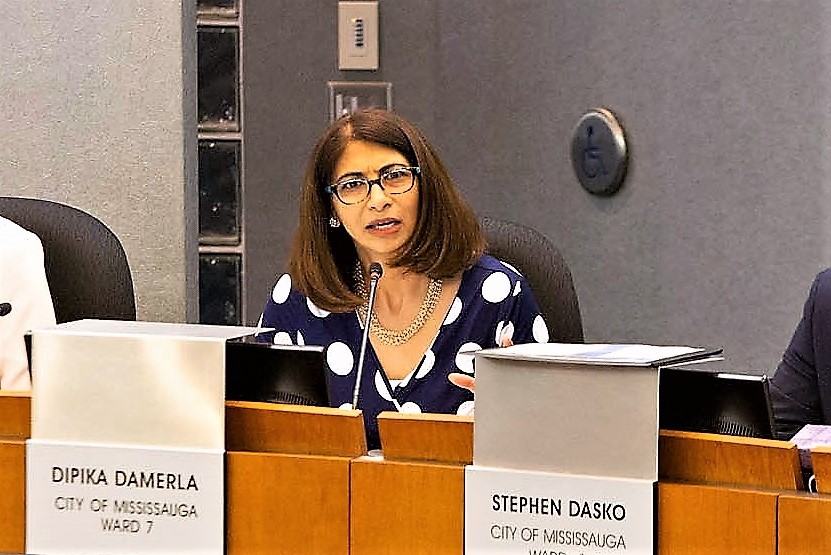
Councillor Dipika Damerla has voted against density.
“My job as councillor is to bring an extra lens to the project, to make it better,” she said.
This type of leadership, with decision-making done at the whim of a small number of residents who oppose change, will see Mississauga challenged in its plans to modernize and create the type or urban growth central to the 2021 Master Plan.
Hurontario Street continues to attract ambitious development applications in anticipation of the Hurontario LRT, which will open in 2024 if there are no further delays. By the Civic Centre and Square One, a plan for scores of massive new towers will finally bring office space and residential towers to a transit oriented area of the city, if council members do not get in the way.
At City Hall, forward-thinking developers and staff are pushing council toward change. Many applications have challenged the City’s more conservative Official Plan and, based on provincial growth guidelines, have received the blessing of staff.
Exactly what the city will look like in a decade is not yet set in stone, or glass or concrete. Thousands of hectares of sprawling single-detached family homes and wide roads stand in the way of Mississauga’s vision to transform into a future-ready destination.
Email: [email protected]
Twitter: @isaaccallan
Tel: 647 561-4879
COVID-19 is impacting all Canadians. At a time when vital public information is needed by everyone, The Pointer has taken down our paywall on all stories relating to the pandemic and those of public interest to ensure every resident of Brampton and Mississauga has access to the facts. For those who are able, we encourage you to consider a subscription. This will help us report on important public interest issues the community needs to know about now more than ever. You can register for a 30-day free trial HERE. Thereafter, The Pointer will charge $10 a month and you can cancel any time right on the website. Thank you.
Submit a correction about this story


